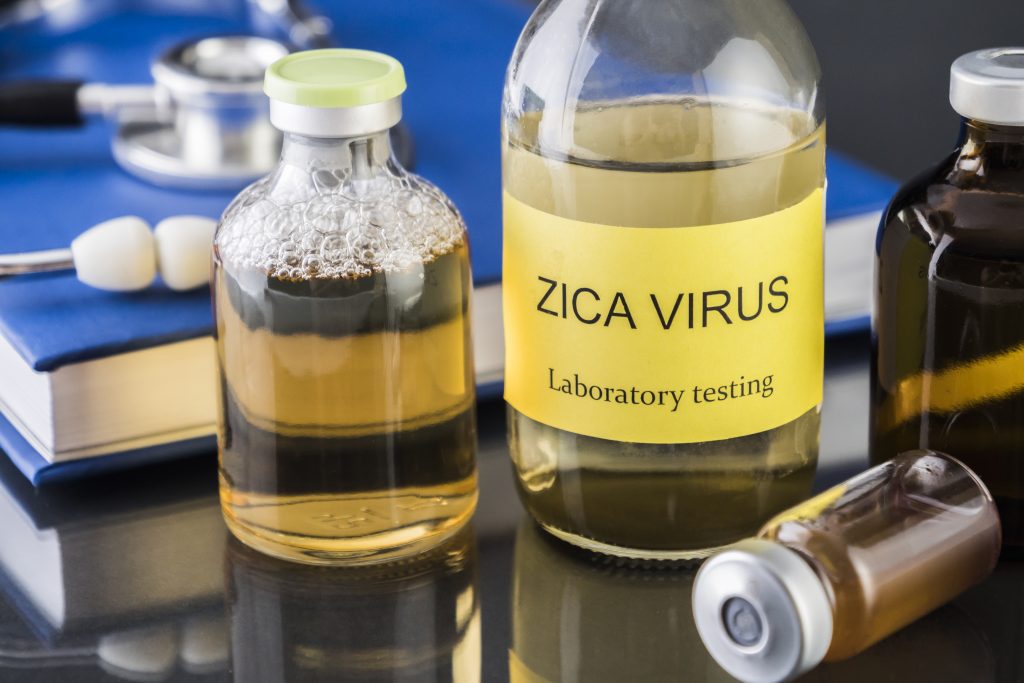Blood Borne Pathogens Glossary
Blood – human blood, human blood components, and products made from human blood.

Bloodborne Pathogens – pathogenic microorganisms that are present in human blood and can cause disease in humans. These include, but are not limited to, hepatitis B virus (HBV) and human immunodeficiency virus (HIV).
Contaminated – the presence or the reasonably anticipated presence of blood or other potentially infectious materials on an item or surface.
Contaminated Sharps – any contaminated object that is sharp or has the potential to be a sharp that can penetrate the skin including, but not limited to, needles, scalpels, broken glass, broken capillary tubes, and exposed ends of dental wires.
Decontamination – the use of physical or chemical means to remove, inactivate, or destroy bloodborne pathogens on an item or surface to the point where they are no longer capable of transmitting infectious particles and the surface or item is rendered safe for handling, use, or disposal.
- HBV – Hepatitis B Virus.
- HCV – Hepatitis C Virus.
- HIV – Human Immunodeficiency Virus.
Occupational Exposure – any reasonably anticipated skin, eye, mucous membrane, or parenteral contact (i.e. piercing through the skin or mucous membrane) with blood or other potentially infectious materials (see below) that may result from the performance of an employee’s duties.
- OHS/SHS – IUPUI Occupational Health Services/Student Health Services
- OPIM – Other Potentially Infectious Material.
- Other Potentially Infectious Material (OPIM) – materials other than blood, which pose a potential health risk, including:
1) The following human body fluids: semen, vaginal secretions, cerebrospinal fluid, synovial fluid, pleural fluid, pericardial fluid, peritoneal fluid, amniotic fluid, saliva in dental procedures, any body fluid that is visibly contaminated with blood, and all body fluids in situations where it is difficult or impossible to differentiate between body fluids;
2) Any unfixed tissue or organ (other than intact skin) from a human (living or dead);
3) All human or primate cell or tissue cultures, organ cultures, and cell lines (including established, continuous cell lines). HIV or HBV containing culture medium or other solutions; and blood, organs, or other tissues from experimental animals infected with HIV or HBV should be considered potentially infectious;
4) Blood or body fluids of animals that have been intentionally or are suspected of having been exposed to pathogens in research, in production of biologicals, in the in vivo testing of pharmaceuticals, or other procedures.
PPE – Personal Protective Equipment.
Regulated Waste – liquid or semi-liquid blood or other potentially infectious material; contaminated items that would release blood or other potentially infectious material in a liquid or semi-liquid state if compressed; items that are caked with dried blood or other potentially infectious materials and are capable of releasing these materials during handling; contaminated sharps; and pathological and microbiological wastes containing blood or other potentially infectious material.
Sterilize – the use of a physical or chemical procedure to destroy all microbial life.
Universal Precautions – An approach to infection control, which treats all blood and other potentially infectious materials as if known to be infectious for HIV, HBV, and other bloodborne pathogens. This approach includes the use of barrier precautions by employees to prevent direct skin, parenteral, or mucus membrane contact with blood or other body fluids that are visibly contaminated with blood.
Questions and comments can be sent using the “Contact Us” icon in the menu on the left side.
Virology Team
